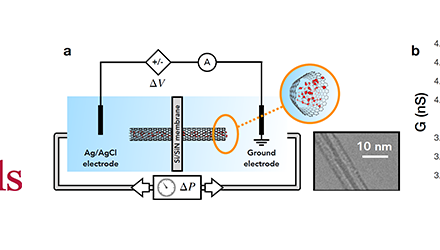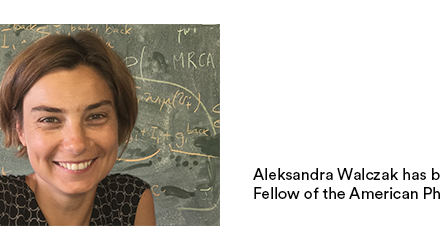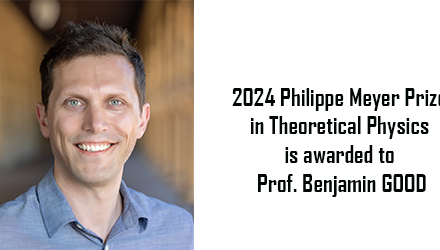As an embryo develops, its cells progressively acquire more specialized identities and rearrange in space. In amniotes (birds, reptiles, and mammals), a common cascade of molecular events is known to define the territories that will form the inside and outside of the body, but how they are physically remodeled had remained elusive. To answer this question, researchers at LPENS and Institut Pasteur described collective cell movements in the quail embryo like the motion of a fluid. Writing in Science, they identify a cable that encircles the embryo as the engine of morphogenesis. One side of this contractile ring pulls more strongly than the other, entraining the vortex-like tissue movements that shape the early body plan. Active tensions were directly evidenced by the opening of the tissue in response to small cuts, and by observing the molecular motors that allow cells to contract. Approaching embryogenesis in this way also uncovered hydrodynamic effects in development, like a “swimming” motion of the embryo, and rotation of the body axis induced by mechanical perturbations. Looking forward, examining how mechanical forces couple with gene expression during development could shed new light on embryonic self-organization.
Figure : The vortex-like tissue movements (arrows) that shape the early quail embryo are driven by the graded contraction of a tensile ring (schematized by the magenta overlay).
More :
https://doi.org/10.1126/science.aaw1965
Author affiliation :
Laboratoire de Physique de L’Ecole normale supérieure (LPENS, ENS Paris/CNRS/Sorbonne Université/Université de Paris)
Corresponding author :
Communication contact :















